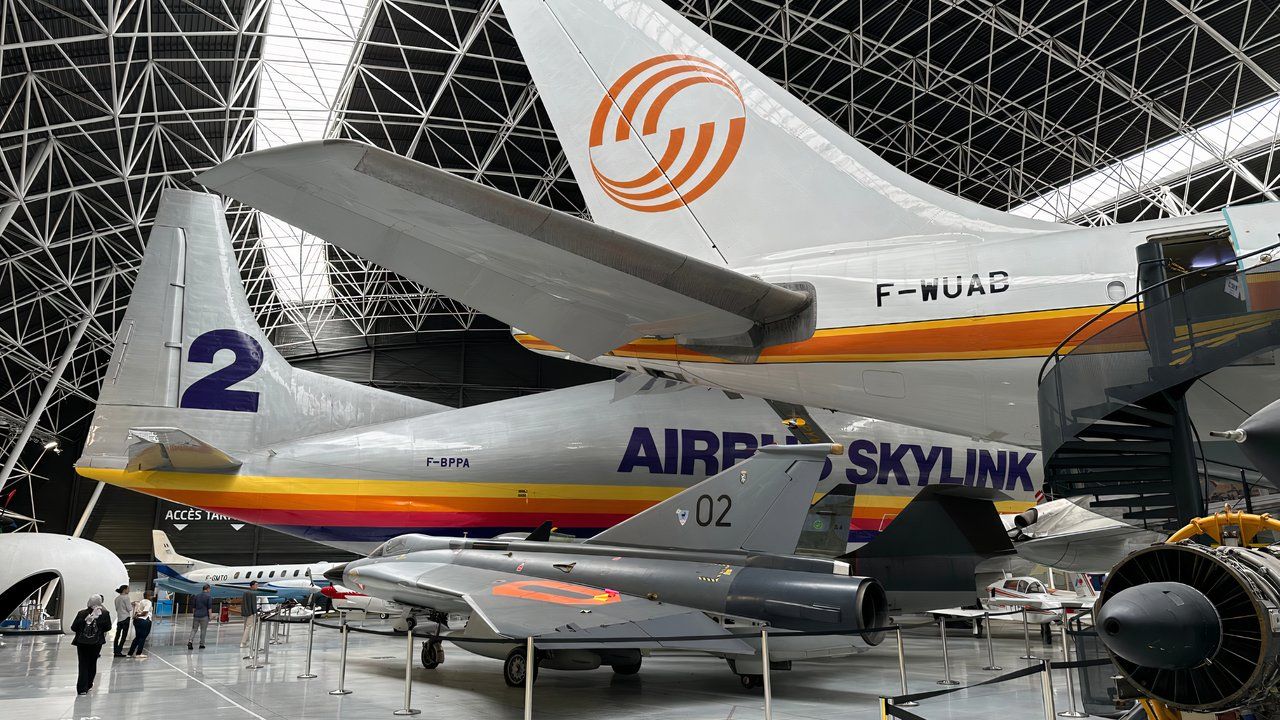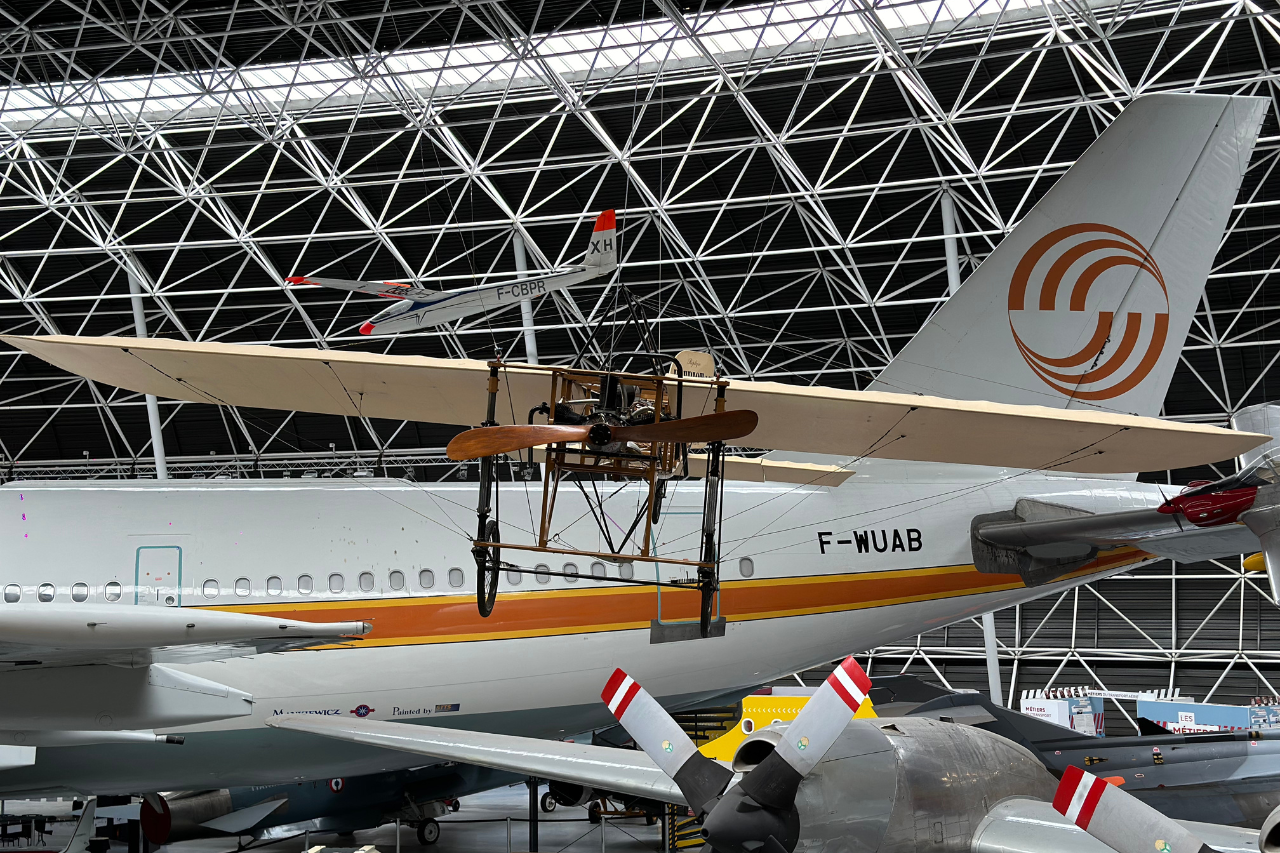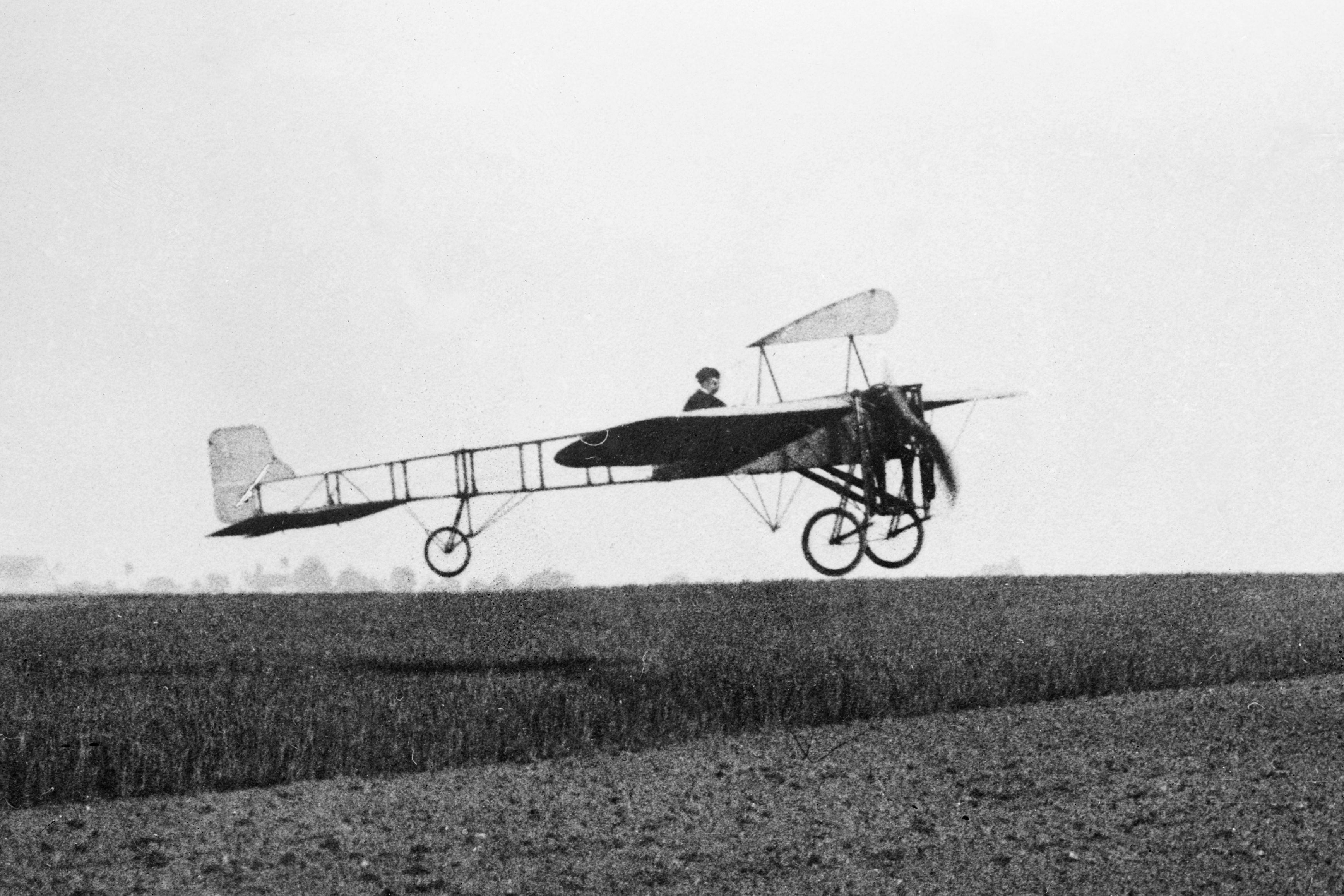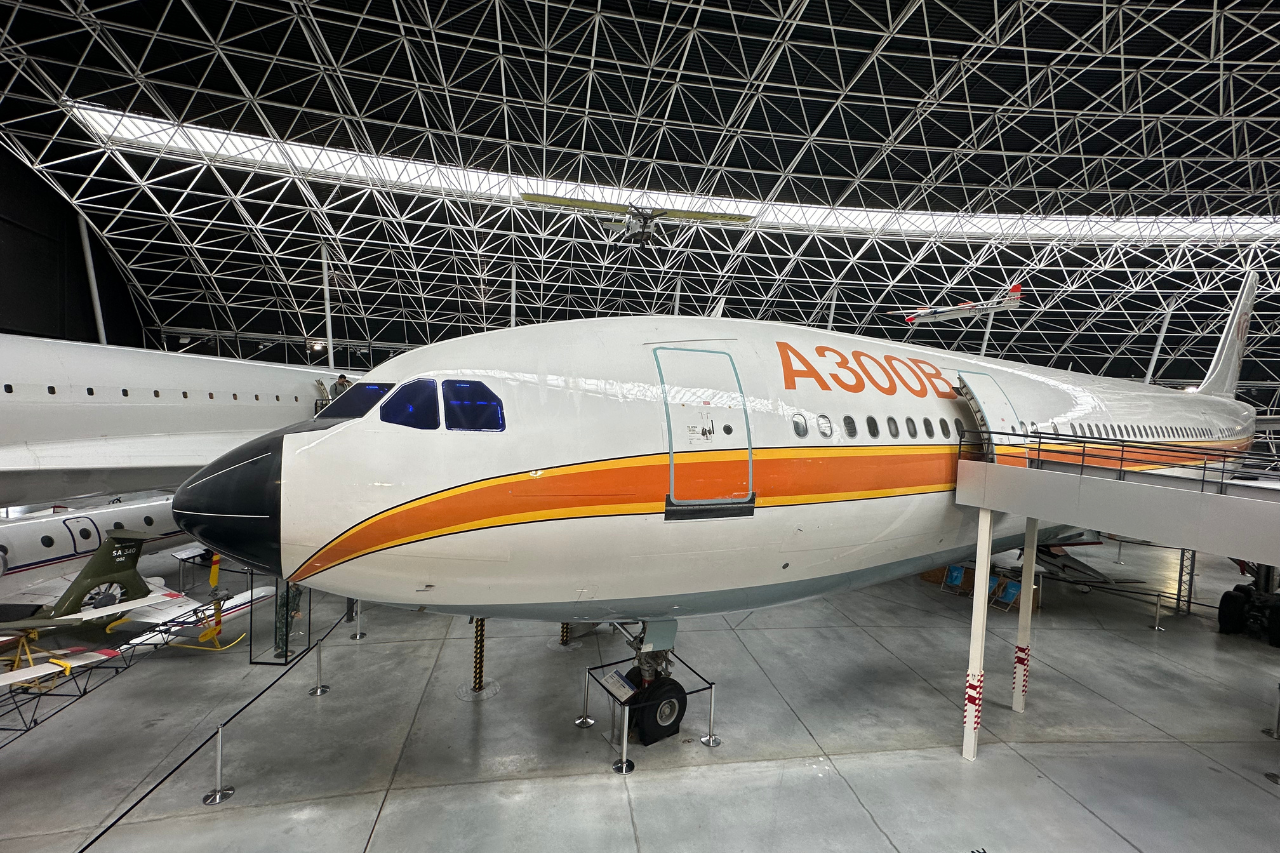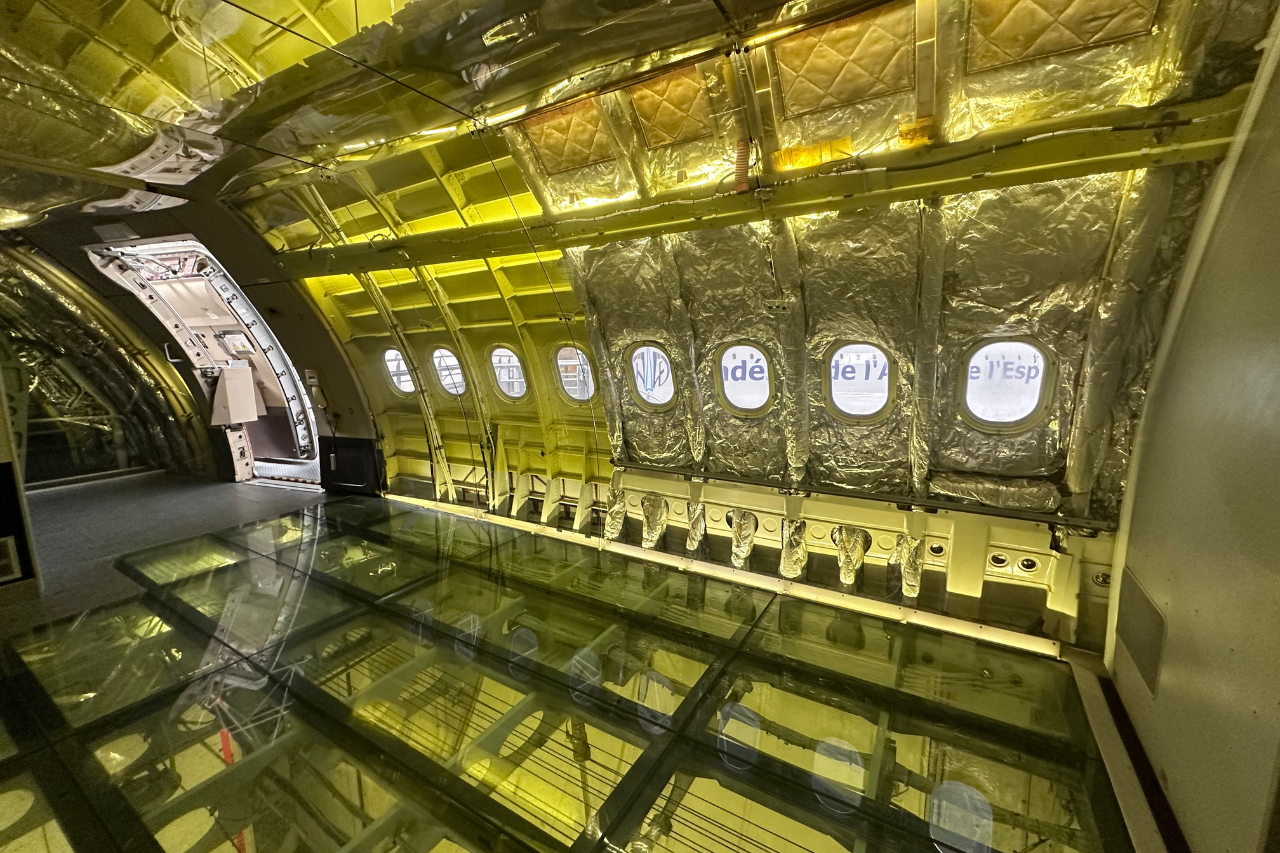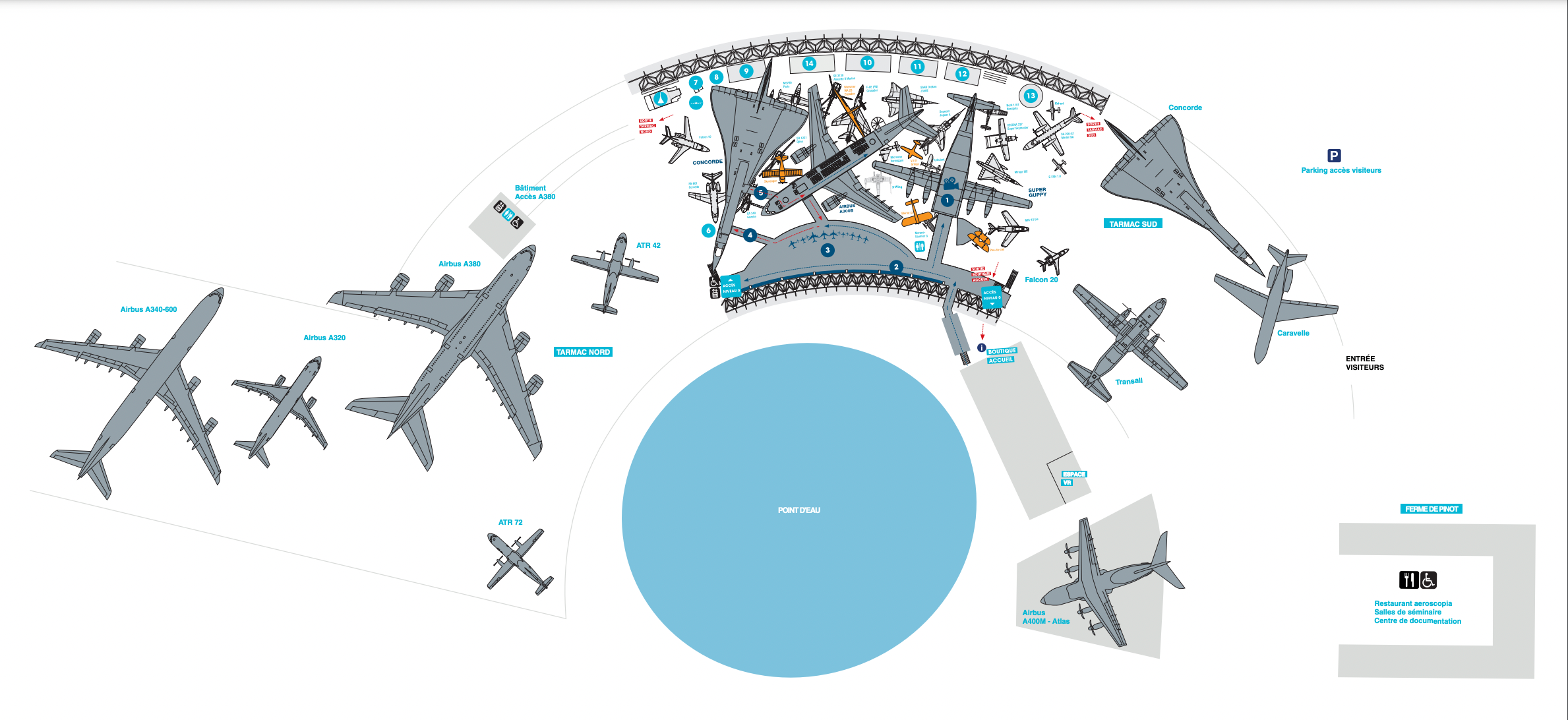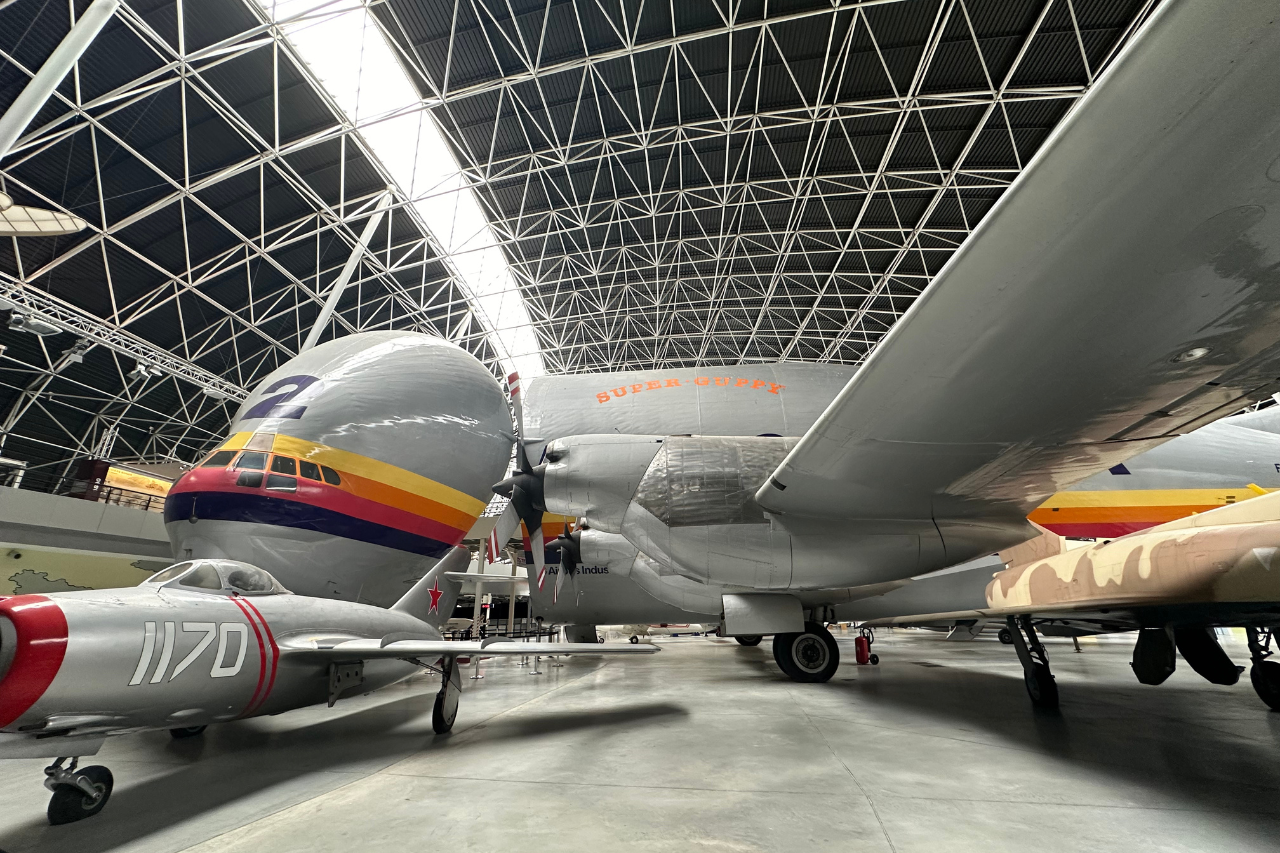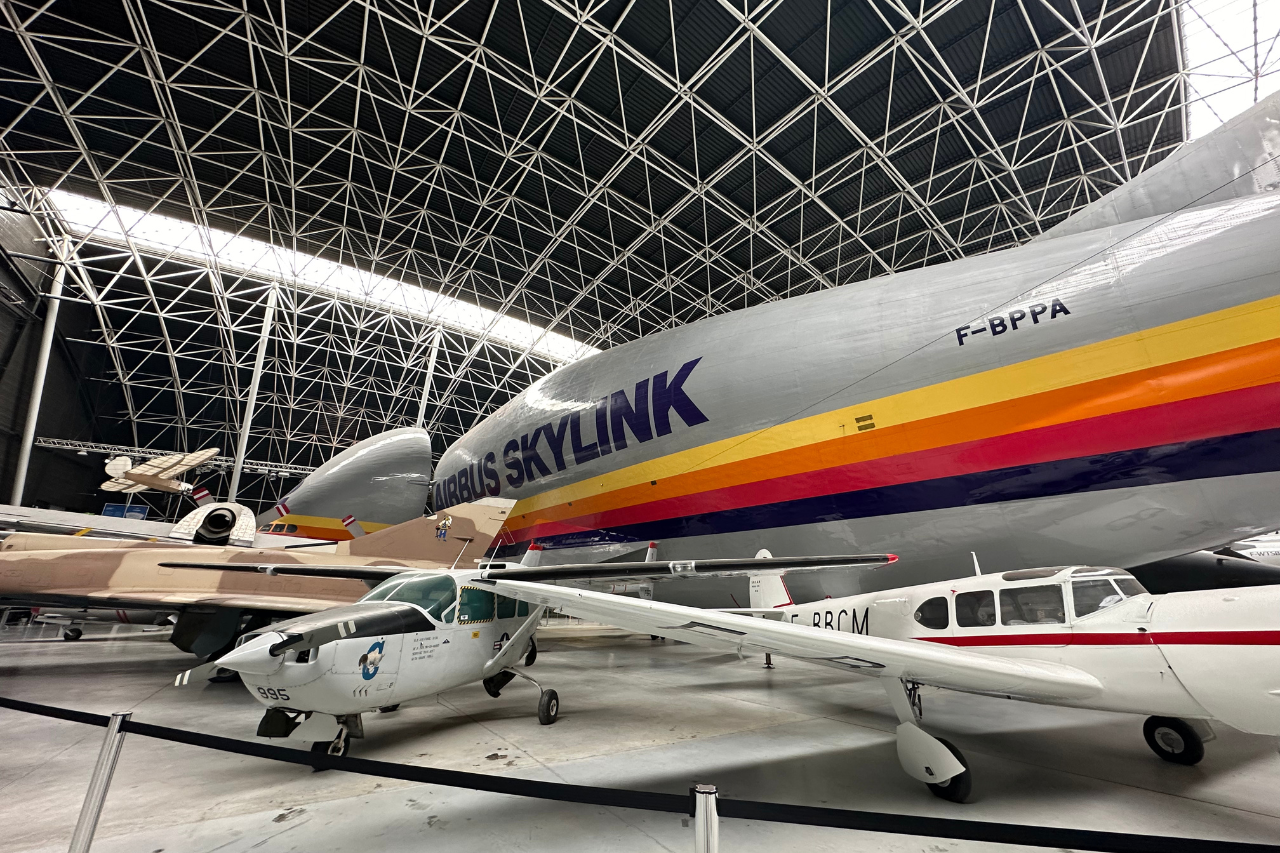Summary
- Blériot XI: The first plane to cross the English Channel, showcasing pioneering aviation design.
- Airbus A300B: World’s 1st twin-engine widebody jetliner, setting new standards, flown with Pan Am.
- Super Guppy: Oversize cargo aircraft for NASA, carrying rocket stages. One of Airbus’ four.
Musée Aeroscopia is an aerospace museum located near Airbus’ headquarters in northwestern Toulouse, France. Toulouse, often referred to as the “world capital of aeronautics”, boasts a rich aviation history dating back to the late 1800s, when a local engineer, Clément Ader, invented what some believe to be the first true airplane – per Toulouse Tourisme.
There’s no better place for avgeeks to revel in the magic of aviation than in Toulouse’s Aeroscopia. Simple Flying had the opportunity to visit, courtesy of Airbus and Malaysia Airlines. With more than 40 aircraft from various eras of aviation on display, these are the top five must-see exhibits if you’re planning a visit. The information in this article is sourced from Aeroscopia.
1
Blériot XI
The first plane to fly across the English Channel
Photo: Nicole Kylie | Simple Flying
The Blériot XI, a pioneering aircraft designed by French aviator Louis Blériot and engineer Raymond Saulnier, holds a significant place in aviation history. According to Britannica, the aircraft was first flown on January 23, 1909, and subsequently became famous for Blériot’s successful crossing of the English Channel on July 25, 1909. This marked the first time a heavier-than-air aircraft achieved this feat.
The Blériot XI featured a monoplane design, a lightweight wooden frame, and was powered by a 25-horsepower Anzani motorcycle engine. Its innovative design and successful flight demonstrated the potential of powered aviation, inspiring further advancements in aircraft technology and solidifying the designers’ legacies as trailblazers in the field.
Key characteristics:
- Height: 9.2 feet (2.8 meters)
- Length: 25.6 feet (7.8 meters)
- Wingspan: 26.9 feet (8.2 meters)
- Maximum speed: 35 knots (40 mph / 65km/h)

Related
Technik Museum Sinsheim: An Avgeek’s Paradise In Southwestern Germany
In a secluded town in southwest Germany, a small yet mighty aviation museum houses some of the most iconic aircraft in aviation history.
Although the Blériot XI on display at Aeroscopia is a replica, it provides an interesting glimpse into the early days of aviation – constructed using materials such as bicycle tires and piano strings.
2
Airbus 300B
The world’s first twin-engine widebody airliner
First taking to the skies in 1972, the Airbus A300 was a groundbreaking aircraft that propelled Airbus’ position as a major player in the aviation industry. It is the world’s first twin-engine widebody jetliner, designed to carry between 210 and 250 passengers over medium- to long-haul routes. The A300 began commercial service with launch customer Air France in 1974.
Photo: Nicole Kylie | Simple Flying
The A300 featured advanced technology for its time, and boasted the following specifications, per Airbus:
- Length: 175.9 feet (53.61 meters)
- Height: 54.9 feet (16.72 meters)
- Wingspan: 147.1 feet (44.84 meters)
- Range: 2,900 nautical miles (3,340 miles / 5,375 km)
- Maximum speed: Mach 0.78 (450 knots / 518 mph / 833 km/h)
Photo: Nicole Kylie | Simple Flying
Its spacious and comfortable cabin set new standards for passenger experience – and the success of the A300 laid the foundation for the development of subsequent Airbus widebody models, shaping the future of commercial aviation.
The A300 at Aeroscopia flew with Pan Am and now-defunct Indonesian airline Sempati Air before its retirement. It has since been repainted in the first A300B1 prototype colors, including its original F-WUAB registration. The jet has been on display at Aeroscopia since 2014, where visitors can climb onboard to view its interior.
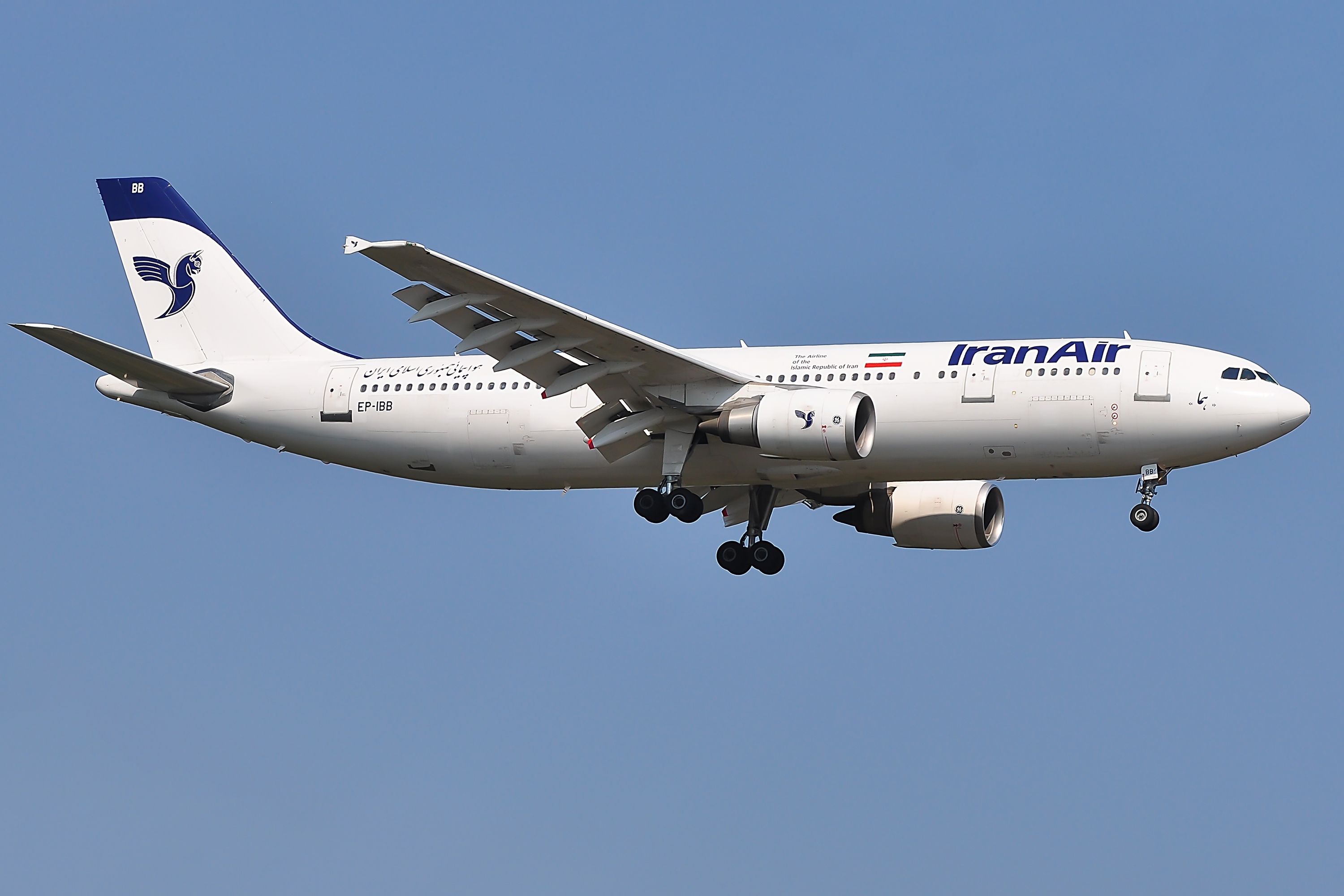
Related
The Fall Of The Airbus A300
What led to the downfall of Airbus’ revolutionary A300 aircraft?
3
Star Wars X-Wing
A rare opportunity to see this legendary fictional aircraft up-close
Aeroscopia boasts a massive collection of iconic aircraft – from commercial airliners and experimental aircraft to military helicopters and fighter jets – many of which played a key role in aviation history.
As awe-inspiring as they all are, one aircraft stands out from the rest: the fictional Star Wars X-Wing starfighter. According to Aeroscopia, the life-sized X-Wing was introduced to the museum’s collection to highlight the “more playful aspect” of aviation. What makes the exhibit so cool is that it is made entirely of Lego bricks!
Photo: Aeroscopia
Aeroscopia’s X-Wing starfighter:
- Was made using 1,584,900 Lego bricks
- Measures 32.8 feet (10 meters) by 32.8 feet (10 meters)
- Took 1,750 hours of construction

Related
What Rare Planes Can You Find At The National Museum Of The US Air Force?
There’s plenty to be in awe of at the world’s largest military museum.
During select periods, the X-Wing cockpit is open to the public, allowing Star Wars, Lego, and aviation fans the unique opportunity to sit at the controls of the legendary starfighter.
4
SGT 201 Super Guppy
A special development for NASA
Upon entering the museum, visitors will be drawn to one of Aeroscopia’s centerpieces – the enormous Aero Spacelines SGT 201 Super Guppy. Developed from the Boeing 377 Stratocruiser, the Super Guppy is an oversized cargo transport aircraft developed in the 1960s.
Photo: Nicole Kylie | Simple Flying
The Guppy Family was specially created for the National Air and Space Administration (NASA) to carry rocket stages from production sites on the US West Coast to the launch site in Florida.
- Fuselage diameter: 24.9 feet (7.6 meters)
- Cargo hold volume: 38,846 cubic feet (1,100 cubic meters)
- Maximum Take-Off Weight (MTOW): 170,000 lbs (77,111 kg)

Related
Analysis: The Facts & Figures That Make The Airbus BelugaXL Such An Impressive Freighter
Between 2016 and 2023, the European aircraft manufacturer built six examples of the type.
In the 1970s, when Airbus realized that land transport was not a viable option for its A300 components, it bought the first production Super Guppy and soon ordered a second. The manufacturer eventually took on the manufacturing of two additional Super Guppies. All four of Airbus’ Super Guppies have now been replaced by the Airbus Beluga.
Photo: Nicole Kylie | Simple Flying
The Super Guppy exhibited at Aeroscopia is the second SGT built in California. Besides ferrying numerous aircraft components over 14,100 flight hours, it was involved in the transportation of parts for the assembly of the third and fourth Super Guppies in Toulouse.
5
Concorde
Aeroscopia has not one, but two Concordes
The highlight of Aeroscopia is undeniably its two Air France Concordes. The iconic supersonic passenger jet has a deep historical connection with Toulouse, where much of Concorde’s engineering and assembly took place.
The Concordes on display at Aeroscopia are F-WTSB and F-BVFC:
|
F-WTSB |
F-BVFC |
|
|
|
Visitors can enter F-WTSB for an up-close view of its extensive equipment and visualize what it was like to travel on a Concorde. F-BVFC is displayed in the outdoor area of the museum.

